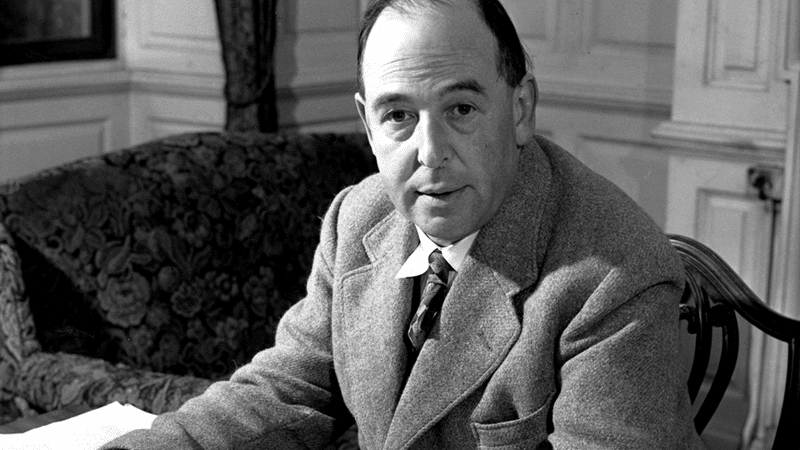On This Day in 1963: Anniversary of C S Lewis’s death

On this day 60 years ago, the dawn broke for the last time in C S Lewis’s life.
To the Christian author and apologist the sun was symbolic of how faith in Christ brings light to our understanding of the world. In his address titled Is Theology Poetry?, he famously declared:
Born in Belfast on 29 November 1898, Clive Staples Lewis lived in a house of “endless books” and began writing his own Beatrix Potter-inspired stories by age eight. When his mother died, close to his tenth birthday, he began to doubt the truth of the Bible and by 1912 had become an avowed atheist.“I believe in Christianity as I believe that the Sun has risen, not only because I see it, but because by it I see everything else.”
But after entering Oxford University and fighting in the Great War, he started to question the world again following the death of a friend’s brother who suffered a nervous breakdown from the war. In a letter, Lewis remarked that it was the end of his belief that humanity “could be happy with books and music”.
This tragedy planted a seed in Lewis that continued to grow as he was challenged by his reading and a group of Christian friends, which together convinced him by 1931 to declare Jesus Christ as his Lord and Saviour.
Christ’s sacrifice
Over the course of his life, Lewis penned nearly 40 books across various genres. Among his writings on the Christian faith, Mere Christianity and The Screwtape Letters have perhaps proved the most enduring and popular – the 80th anniversary of the latter celebrated just two years ago.
But Lewis did not believe that the love of Christ should be shared only with adults.
One of his best-known works, the Chronicles of Narnia series, enchants families to this day as even the youngest reader can grasp the potency of Aslan’s sacrifice for Edmund and celebrate the true king’s resurrection and defeat of the White Witch.
Through this picture of the Gospel, Lewis was able to convey Jesus’ victory over death and the grave to an immediate readership who had lived through the horrors and sacrifices of war.
In a letter to 10-year-old Anne Jenkins on the meaning of the series, he explained:
“I believe in Christianity as I believe that the Sun has risen, not only because I see it, but because by it I see everything else.”
‘Great Story’
At the end of that series, in The Last Battle, Lewis gave a fitting reflection on the nature of life after death. After Aslan informs the children that they were killed by a railway accident, the narrator explains:
Lewis painted an eternity of life with Christ as the “morning” after earthly life in the “Shadow-Lands”. As we remember the passing of the great author, Christians should look forward with hope to the Bible’s promise of a new heavens and new earth with God, where there “will be no more death or mourning or crying or pain, for the old order of things has passed away” (Revelation 21:4).“I believe in Christianity as I believe that the Sun has risen, not only because I see it, but because by it I see everything else.”
